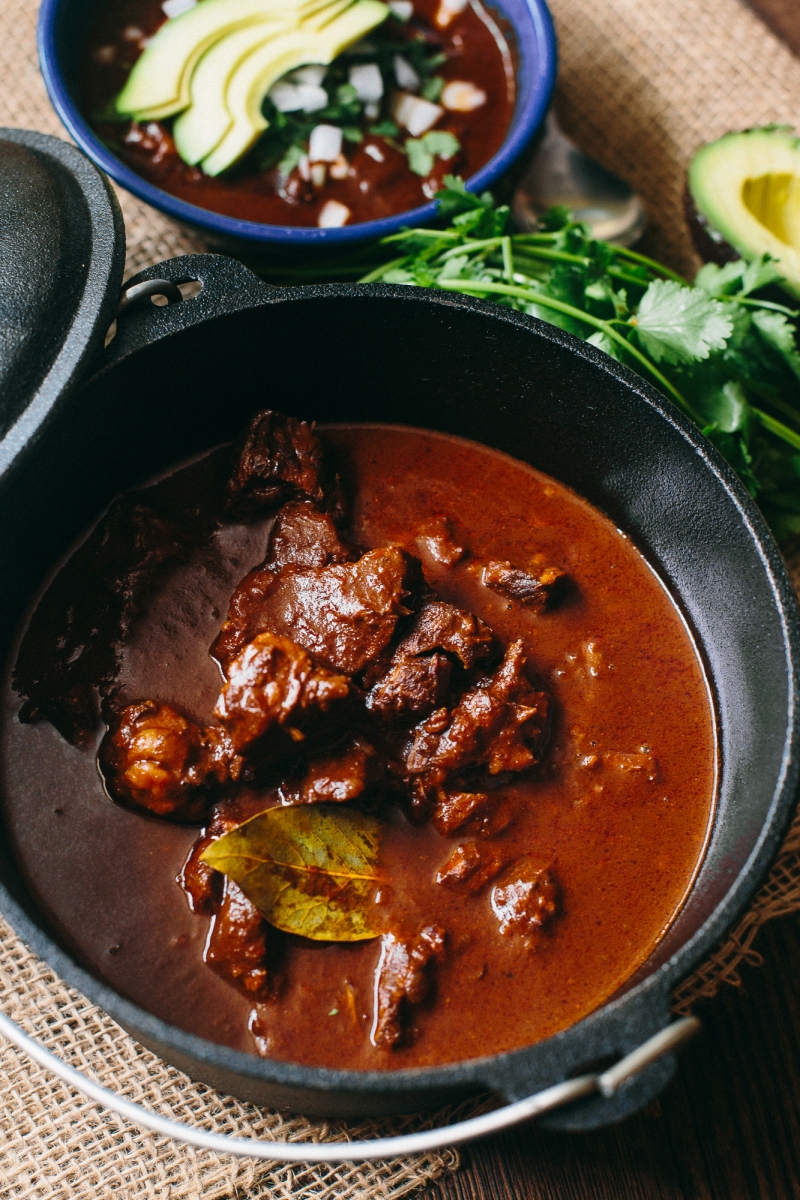
This dish is from Liguria, the coastal region in northwest Italy. This area is known for its abundant pine nuts, which make an appearance in this dish (fun fact: pesto, which relies heavily on pine nuts, is also from this region). Liguria also borders with the eastern side of France, and this dish shares French culinary staple — namely slow-braised meat in a wine sauce.
Cooking with rabbit can be intimidating to Westerners, but it’s actually quite simple. Just think of it like an oddly-shaped chicken, that’s made with all white meat. The hardest part is finding a whole rabbit, which you can often find at specialty butchers or Asian markets. They’re also available online, and my friends at US Wellness Meats regularly carry whole rabbits — just throw it in your box the next time you get an order of their incredible 75% lean grass-fed ground beef.










